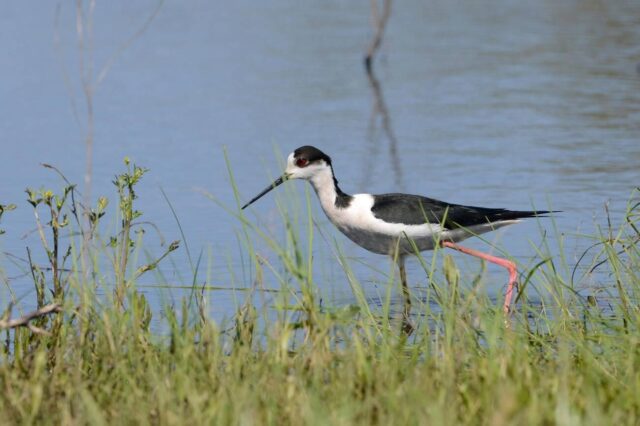New discoveries recommend that the acclaimed participation between honeyguide flying creatures and human nectar seekers in sub-Saharan Africa is a two-way discussion. Honeyguides fly in front of seekers and point out bee sanctuaries which the seekers attack, leaving wax just plain silly to eat.
The winged creatures were at that point known not at potential human chasing accomplices.Presently, a study in the diary Science reports that they are likewise listening out for a particular call made by their human teammates.
Tests directed in the savannah of Mozambique demonstrated that an effective winged creature helped chase was substantially more likely within the sight of an unmistakable, trilling yell that the Yao seekers of this district gain from their fathers.
“They let us know is that the reason they make this ‘brrrr-hm’ sound, when they’re strolling through the shrubbery searching for honey bees’ homes, is that it’s the most ideal method for pulling in a honeyguide – and of keeping up a honeyguide consideration once it begins managing you,” said Dr Claire Spottiswoode, a specialist at the University of Cambridge, UK, and the University of Cape Town, South Africa, who drove the study.She and her associates needed to test what commitment this sound really made.
“Specifically, we needed to recognize whether honeyguides reacted to the particular data substance of the ‘brrr-hm’ call – which, from a honeyguide perspective, adequately flags ‘I’m searching for honey bees’ homes’ – or whether the call essentially alarms honeyguides to the nearness of people in nature.”
To make that refinement, the group made recordings of the “brrrr-hm” call, and also of general human vocal sounds, for example, the seekers shooting their own names, or the Yao word for “nectar”.
At that point, Dr Spottiswoode went with two Yao nectar seekers on 72 separate 15-minute strolls through the Niassa National Reserve – an ensured zone the span of Denmark – playing these recordings on a speaker.
“This was awesome fun,” she told BBC News. “We strolled several kilometers through excellent scenes and every so often found elephants and bison and lions et cetera. It’s a truly wonderful wild where people untamed life still exist together.”
Beyond any doubt enough, strolls joined by the “brrrr-hm” recordings were considerably more prone to enroll a honeyguide (66% of the time, contrasted with 25% for the other vocal sounds).The exceptional call additionally trebled the general shot of finding an apiary (a 54% achievement rate, up from 17% for alternate sounds).
“What this recommends is that honeyguides are connecting meaning, and reacting properly, to the sign that publicizes individual’s’ readiness to participate.
“We definitely knew extremely well… that honeyguides speak with people, utilizing unique calls and conduct to lead nectar seekers to honey bees’ homes. What our work has done is to supplement those discoveries, by demonstrating that people convey back to honeyguides as well.
“It is by all accounts a two-route discussion between our own particular species and a wild creature, from which both accomplices advantage.” Prof Richard Wrangham, a natural anthropologist at Harvard University, said the new concentrate enormously reinforced honeyguides had advanced to collaborate with people along these lines.
He said a past clarification, that the cooperation started with another species -, for example, nectar harasses or monkeys – and was then co-selected by people, had tumbled from support in light of the fact that the feathered creatures had never been seen directing these creatures.
“[This study] indicates exactly how firmly adjusted they are to human sounds,” Prof Wrangham told the BBC. “They’re not simply by and large keen on bizarre commotions – anything noisy or uncommon or whatever. They have been prepared, so to speak, to search for people.
“That truly bolsters the idea this is a developed, co-transformative relationship.”
















































